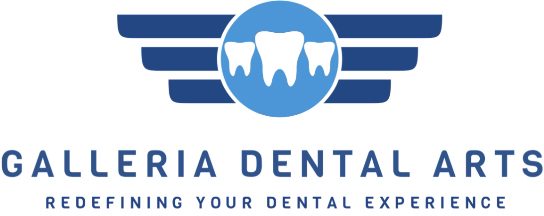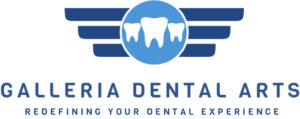While braces have traditionally been the answer to crooked or misaligned teeth, Invisalign® has become a popular alternative in more recent years. This treatment type involves the use of a set of custom-made plastic aligners that shift the patient’s teeth over the course of several months.
One of the main appeals of these aligners is that the clear plastic is much more discreet than metal braces, making it a great option for adults who need dental work done but want to maintain a more professional appearance. Additionally, the aligners can be taken off during meals, so there are no dietary restrictions. However, although a great option for many people, plastic aligners cannot be used to treat every dental problem braces can. Continue reading to learn more on what issues aligners can address and who is a good candidate for this treatment option.
What can Invisalign® treat?
There are a wide variety of problems typically handled by braces that Invisalign® can be used to treat:
- Crooked teeth: No one wants teeth that look visibly crooked and misaligned, which is where plastic aligners come in. The aligners can target most crooked teeth and give the mouth a more appealing appearance.
- Crowded teeth: Overcrowding happens when the jaw is not large enough to accommodate all the teeth, which can cause problems like twisting and overlapping. Sometimes young children have crowded teeth as well, causing problems for the adult teeth that come in. Aligners can help create more space in the mouth and move teeth to a better position.
- Teeth gaps: The gap between teeth is not supposed to be very large, but spacing issues can create excess space that leads to problematic food and plaque build-up. Aligners can help close smaller gaps less than 6mm wide.
- Open bite: Some people may have an open bite, which prevents the top and bottom teeth from meeting. Invisalign® can help the teeth close properly.
- Underbite or Overbite: An underbite happens when the bottom teeth jut forward past the upper teeth. An overbite is when the upper teeth are extended past the bottom teeth. Both can cause problems with chewing or speaking. Plastic aligners can help make sure both the top and bottom are lined up.
Who is a candidate for Invisalign®?
While most people with the problems listed above are eligible for Invisalign®, there are some restrictions. For instance, the shape of some people’s teeth or more complex issues, such as intrusion and extrusion issues or the need for midline movements, require braces. Patients who have a dental bridge, a crown or porcelain veneers may not qualify for plastic aligners. Additionally, young children or people who struggle to wear aligners for the required 22 hours a day may have better results with braces.
Conclusion
While there are some limitations and other factors patients should consider, a wide variety of dental problems can be addressed with Invisalign®. For people who wish to get dental work done without the appearance and drawbacks of braces, these aligners are a great alternative.
Request an appointment here: https://galleriadentalarts.com or call Galleria Dental Arts at (703) 368-9777 for an appointment in our Manassas office.
Check out what others are saying about our services on Yelp: Read our Yelp reviews.
[recent-blogs count=”4″ layout=”horizontal”]





